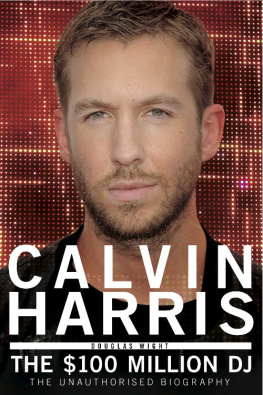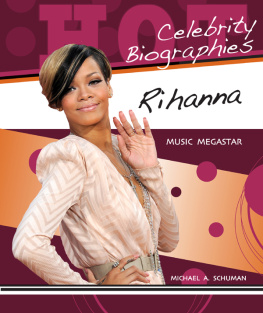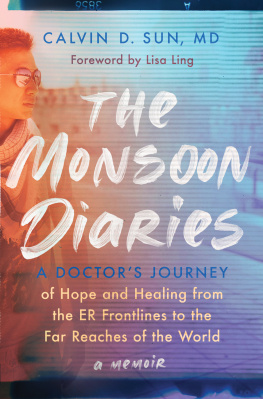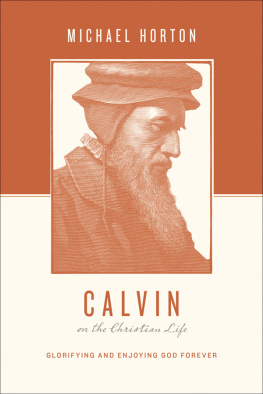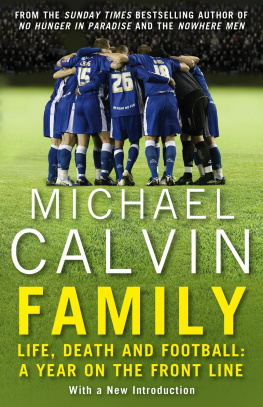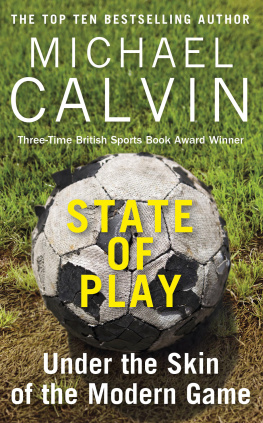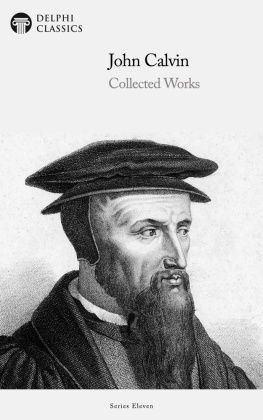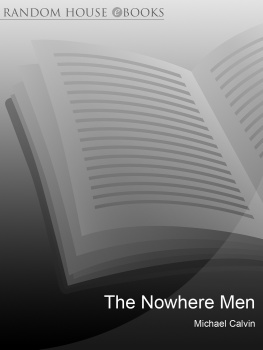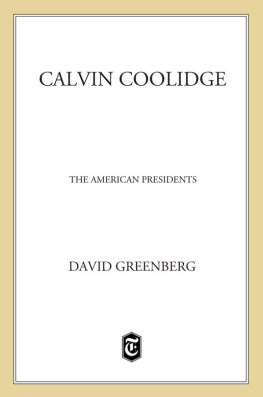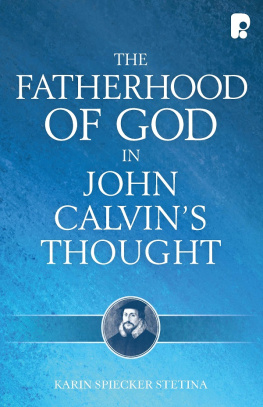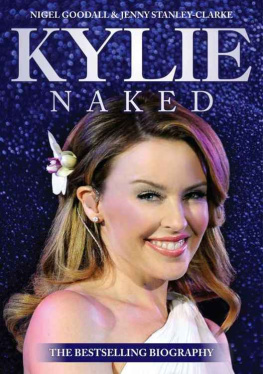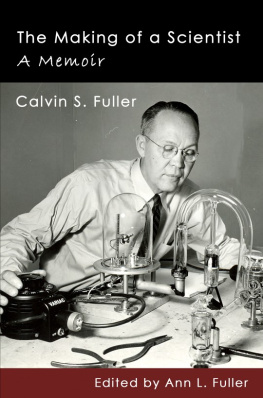
For L, C, G + M
I would like to thank the following people for their help with this book: Lorna Hill, Jane Atkinson, Teresa Holligan, Pete Armstrong, Taylor McCormick and Derek Pennycook.
Special thanks to Lee McQueen and the staff of the Globe Inn, Dumfries; to Helen McGeorge, Colin Wells and the staff of Pinneys of Scotland, Annan; and to Sandy Kilpatrick of the Dumfries & Galloway Standard .
I am also grateful for the contribution from Tim Barr, author of The Mini Rough Guide to Techno Music .
Finally, thanks, of course, to Black & White Publishing for the opportunity.
Contents
CALVIN Harris first came to my attention when in 2007 posters started spreading around London heralding a precocious new talent who had created disco. Those fly eye shades were everywhere. It was refreshingly ballsy and somewhat surprising for a previously little-known Scot.
When a good mate then raved how Calvin had rocked an event in Skye, it struck me that there might be more to this artist than quirky hits like Acceptable in the 80s and The Girls suggested. So when the records started tumbling, I was intrigued to find out what made Calvin Harris tick.
Although Calvin or Adam Wiles, his real name was not involved in the writing of this book, he has been so prolific in interviews and on social media that there was no shortage of opinion from him. Sources for the majority of his comments are listed at the back of this book.
Tweets quoted in the book retain their original spelling and punctuation, and expletives have been asterisked as they were in the source material.
THE lights dim momentarily but the first chiming beats of We Found Love ignite a flash of colour, sparking frenzied cheers from a grateful crowd.
High up on his huge riser Calvin Harris extends an arm into the air, his other hand clutching headphones to his ear. It is the Coachella Valley Music and Arts Festival in California. It is April 2012 and he has his audience where he wants it, judging the pitch of the room and controlling emotions like a conductor with an orchestra.
The arrival of Rihanna, whose vocals turned Harriss near-perfect fusion of house and pop into a worldwide chart smash, sends the crowd into an even greater frenzy. Now all Harris can see are hands extended into the air and the lights of camera phones, everyone desperate to capture this surprise moment lest their own memories fail them.
As Harris expertly builds the tempo, lifting the audience as one to a higher plain of ecstasy, something catches his eye. Its not Rihanna bouncing maniacally along the stage below him. Another figure is emerging from the crowd, and only as it is carried along on a sea of hands does Calvin see that it is Katy Perry another pop superstar who would move mountains to work with him.
Harris pauses. As all hell is breaking loose around him he takes a moment to drink in this scene. This will never happen again, he tells himself, so remember it for all time.
Even in the crazy life of Calvin Harris one that has presented a host of Kodak moments like this he knows the importance of taking the time to appreciate every last second.
This night, at Coachella, he is a DJ a superstar one at that having ditched his band for an altogether more dynamic live performance. But to label him only as such or brand him a knob twiddler, as some unkind journalists do is to misunderstand completely his contribution to modern music.
Producer, musician, songwriter, singer, performer. He is all of these things, ruthlessly exploiting innovations in sound and technology to bend an at times archaic industry to his will.
Its no surprise that he is now one of the wealthiest musicians on the planet and easily the highest-placed DJ. With a residency at Las Vegas megaclub Hakkasan and some of the biggest hits of 2014 with Summer, Blame featuring John Newman, and Outside with Ellie Goulding, he has earned $66 million (42 million) in the last year, according to American business magazine Forbes . To put that into perspective, he has earned more than Taylor Swift ($64 million), Jay-Z ($60 million), Justin Timberlake ($57 million), his collaborator Rihanna ($48 million) and his Coachella crowd-surfer Katy Perry, who raked in $40 million. Hes also ahead of Jennifer Lopez ($37 million), Miley Cyrus ($36 million) and Lady Gaga ($33 million), and only just behind Sir Paul McCartney.
How has he done it?
By his own admission, for a man who has stated provocatively I Created Disco, the 6 ft 5 in. artist is not good at interviews, not good at dancing and not good at looking like Im having fun.
Luck, he would say. Being in the right place at the right time.
But it takes more than luck to smash Michael Jacksons twenty-seven-year record for the number of top ten singles from one album. The nine gleaned from Harriss 2012 album 18 Months beat the seven Jackson scored from 1987s Bad and from Dangerous , released in 1991.
After that success he announced that having spent the previous two years intensely fucking working to try and make singles and hit records he was planning a change of direction and was working on dance music that probably wont get into the charts.
What happened next? His 2014 album Motion spawned six hits, three of them number ones.
Not bad for someone whose intention was never to be behind a microphone or front and centre onstage, or even to be a DJ. The young Calvin Harris harboured dreams instead of becoming a policeman, out of a desire to preserve law and order, or a professional footballer.
How things changed for the unassuming Scot, who was once so shy performing that he hid out of view. Playing live now, he strikes a familiar pose: one hand casually hovering at waist height, attending to the controls on his decks, while the other punches the air in time with the beat. If you ignore the ubiquitous set of headphones, the image isnt a far cry from that of the one he might have pictured in his dreams as a young boy arm raised aloft, taking the applause from an appreciative crowd. The only difference is that the acclaim is for making music rather than for scoring a match-winning goal. And its worth noting that such is his success that his earnings have also taken him past those of the worlds finest footballer, Lionel Messi.
Harriss is a remarkable rise to fame a biochemists son who launched his music career simply by asking people to follow him on the now outdated social networking site Myspace. He only posted his music there because everyone else was doing it.
He entered Myspace as humble Adam Wiles, then only eighteen but already weary of and jaded about the music industry after a succession of rejections, but emerged as Calvin Harris, a cocksure performer ready to take on the world.
Since then hes enjoyed unrivalled success, with a list of collaborators and beneficiaries that reads like a Whos Who of pop, from Kelis, Rihanna, Tinie Tempah, Florence Welch, Dizzee Rascal and Example to Kylie Minogue and Cheryl Cole.
At some point a strange metamorphosis took place, after which Harriss life has seemed to exist online, as he expertly uses burgeoning video sites, blogs and social media to further his cause. Yet for a persona that was born in a digital age this is hardly surprising.
What is surprising is that many people still dont know what he actually does.
Calvin has said, The large majority of people dont really know what I am or what I do or why my name is, like, first on the record when Im not singing.
His own family might not even appreciate exactly the influence he carries in the pop world. In his native Dumfries, a historic and bustling town in south-west Scotland, theres a lovely story of how his father, David Wiles, upon hearing a proud mother tell of what an accomplished musician her son had become, offered a nugget of insight into his own sons achievements.
Next page
